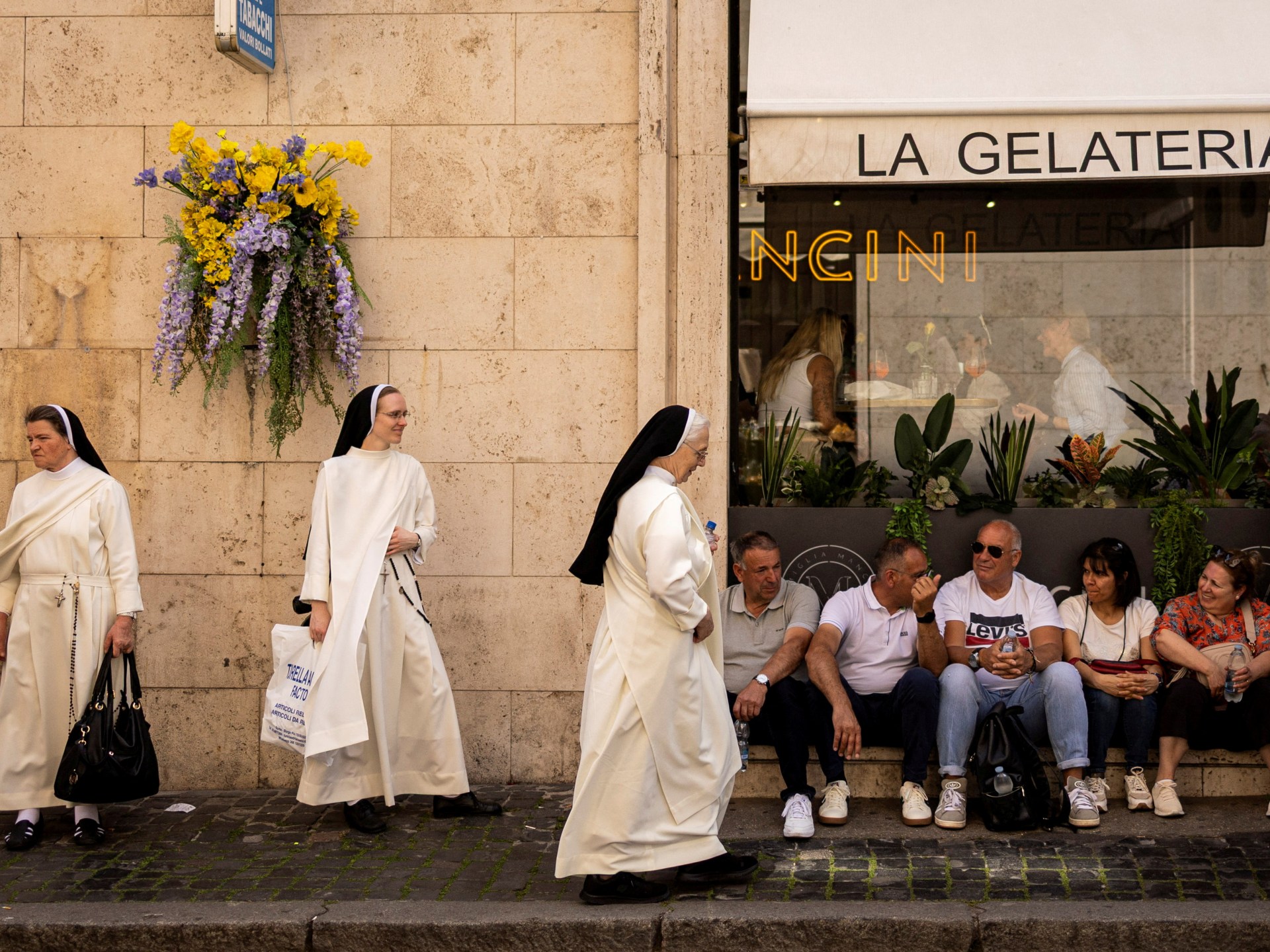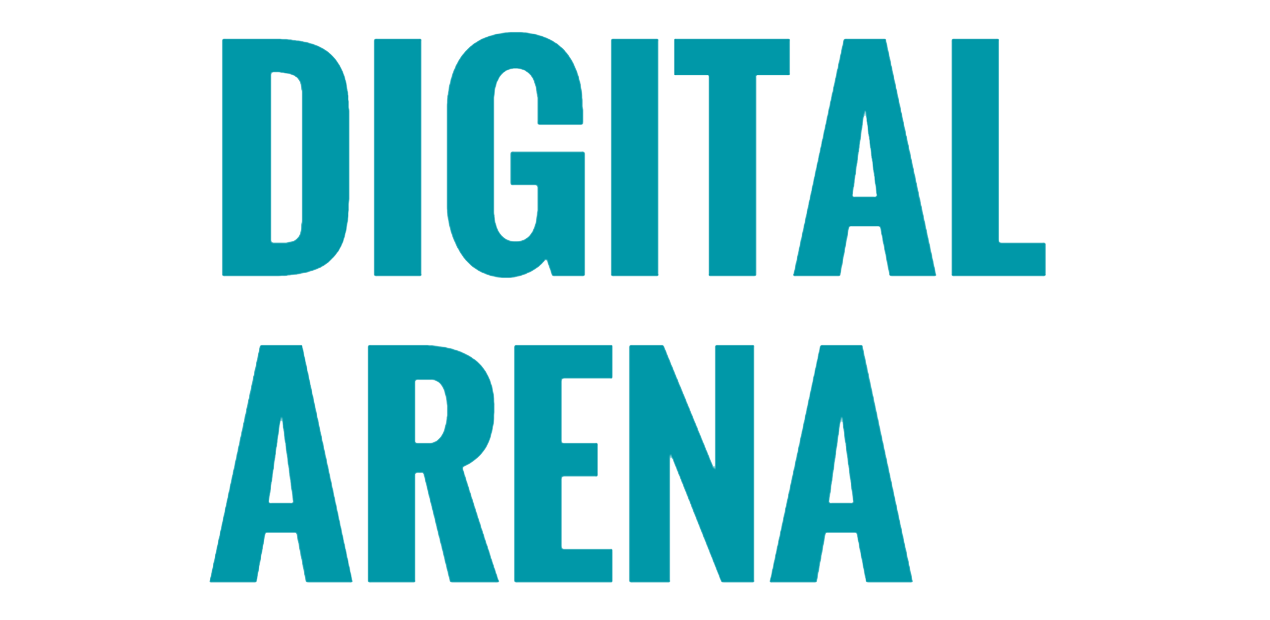Vatican's Gender Crossroads: Will the Next Pope Break Centuries of Tradition?

In a groundbreaking move that signals a potential shift in the Catholic Church's traditional power structures, Pope Francis has taken significant steps to elevate women to key leadership positions within the Vatican. These appointments represent more than just administrative changes; they symbolize a profound transformation in how the Church views women's roles in its highest echelons.
The Pope's recent selections highlight a growing recognition of women's capabilities and their critical contributions to the Church's mission. By placing women in strategic roles, Francis is challenging long-standing institutional norms and sending a powerful message about gender inclusivity.
However, the most pressing question remains: Will these appointments pave the way for even more radical changes, such as considering women for diaconal or priestly ordination? While the Pope has been clear about maintaining the current stance on male-only priesthood, his actions suggest a nuanced approach to expanding women's ecclesiastical influence.
Church observers and progressive Catholics are watching closely, wondering if this represents the beginning of a more substantive transformation. The Pope's incremental approach might be setting the stage for more comprehensive reforms in future papal administrations.
As the Catholic Church continues to navigate complex social dynamics, Pope Francis's appointments serve as a compelling narrative of gradual but meaningful institutional evolution. They demonstrate that change is possible, even within one of the world's most traditional religious institutions.
